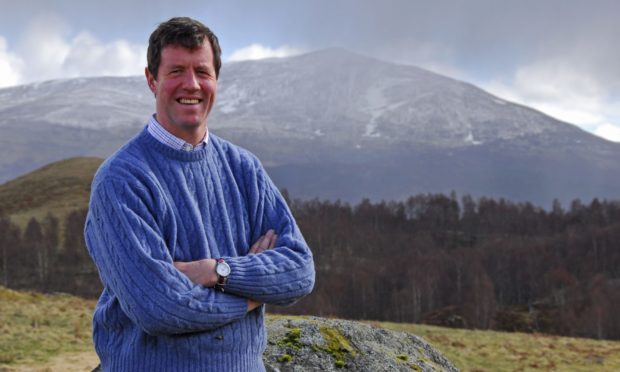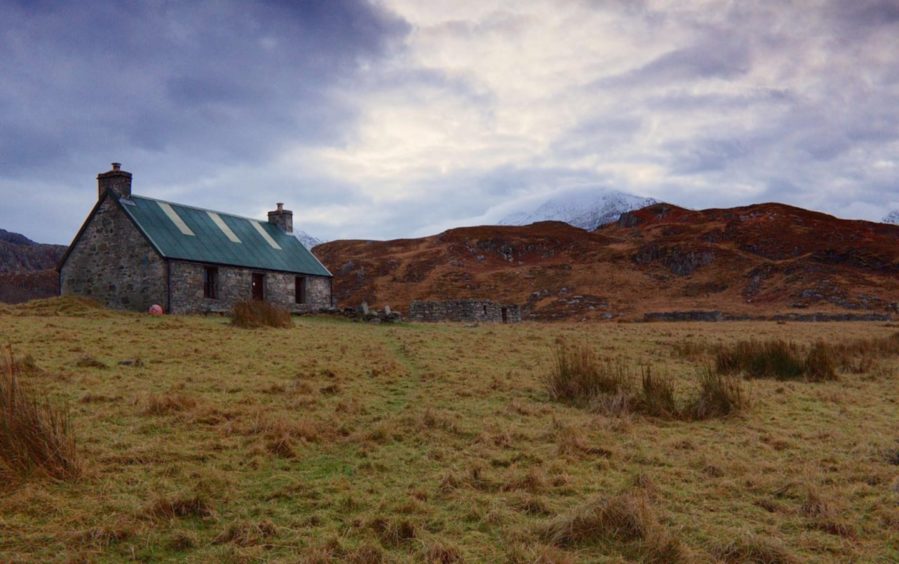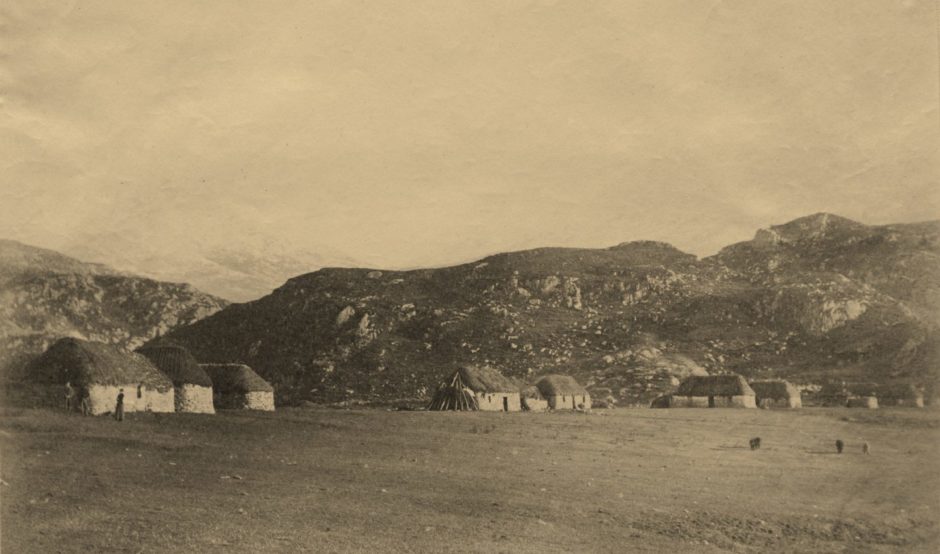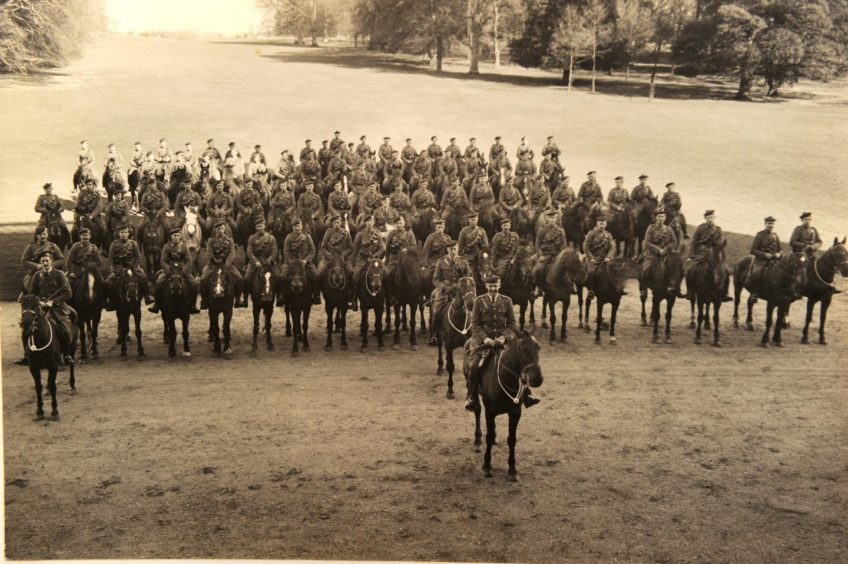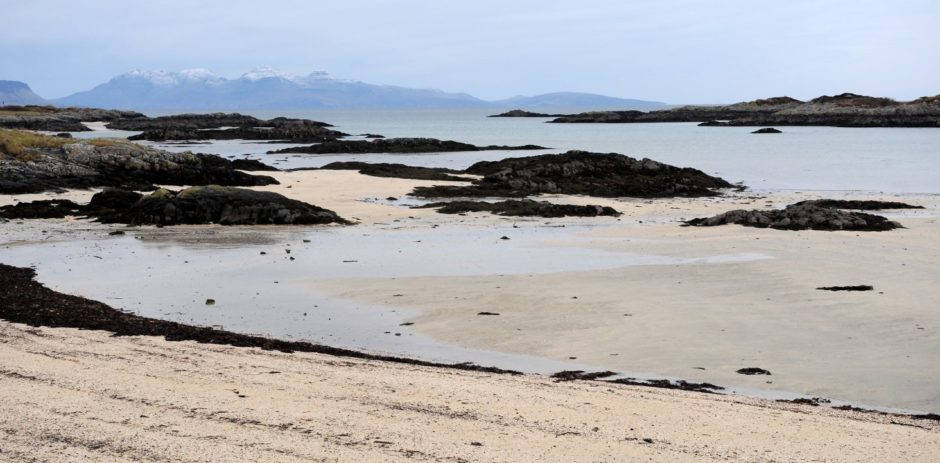Angus MacDonald’s Ardnish was Home is a stunning yet tragic tale, writes Gayle Ritchie.
When you’re lucky enough to have a writing spot overlooking the breathtakingly beautiful Ardnish peninsula, inspiration comes easily.
“It’s the most picturesque spot in the world,” says businessman-turned-author Angus MacDonald.
“The main village, Peanmeanach, is a beautiful crescent of houses overlooking a sandy beach.
“The glistening sea, the golden sands and the aquamarine sea, when the weather is nice, with the big mountains in front of you – I’m overcome by the beauty of it.”
Born and bred in the West Highlands, Angus started writing aged 50 although having left school at 16, he claims he’s “not really sure” how he’s “meant to write”, although it doesn’t show.
“It’s all from the heart,” he muses. “It’s such an extraordinary pleasure to write but a pain in the neck to edit.”
Ardnish Was Home is the first in Angus’s trilogy of “Ardnish books”. The second, We Fought For Ardnish, soon followed, and the third in the series is titled Ardnish: A Novel.
The romantic trilogy is set on the Ardnish peninsula, west of Fort William, and spans three generations and three wars in the lives of the fictional Gillies family.
They are inspired by Angus’s 86-year-old father Rory, and are rooted in historical detail, with a bit of MacDonald family lore thrown in.
Angus, a UK Entrepreneur of the Year with an OBE under his belt for services to the Highlands, says what defines his books is “romance”.
“In each book, the Gillies man meets the girl. They pull together the history of the Highlands with stories of life during the different wars, and with romance.”
The theme is of particular interest to Angus because his family were Lovat Scouts.
“My grandfather and great-grandfather wrote letters home from South Africa, Gallipoli and then Canada, during the Second World War,” he explains.
“I have extraordinary first-hand information on the Lovat Scouts. I went out to each of those places and retraced the Lovat Scouts using my ancestors’ letters. Historically the books are completely correct.”
In Ardnish Was Home, Donald Peter Gillies, a Lovat Scout, lies in hospital in Gallipoli in 1916, blinded by the Turks. There he falls in love with his Queen Alexandra Corps nurse, Louise, and she with him.
The story moves back and forth from their time at the hospital to the West Highlands where Donald grew up. He shares stories of the coast and glens, of bagpiping, sheep shearing, ceilidhs, illegal distilling, and the relationship between the lairds and people.
Louise in turn tells her own story of growing up in a Welsh valley.
The couple get cut off from the Allied troops and are forced to make their escape from Gallipoli through Turkey to Greece. And there’s a tragic twist to their story on the way back to Donald’s Highland home.
Angus finds inspiration comes to him incredibly early, often before the dawn chorus.
“I’m like Zebedee in the mornings which is incredibly irritating to everyone who knows me!” he says.
“I write from 4am to 8am in the morning. I write about 1500 words; I’m very disciplined about it. I keep writing until the book is done. Occasionally I get carried away and write about 3000 words which takes the whole day.
“It’s not a fluid process – I’ll often take out huge chunks and start again.”
Angus served in the local regiment The Queens Own Highlanders before becoming an entrepreneur with businesses in publishing, education and renewable energy.
Now largely retired from corporate life he has written the Ardnish trilogy (and a fourth book, The Secret of Ardnish, is due in spring), is the proud owner of The Highland Bookshop and has built The Highland Cinema in Fort William.
“I’d absolutely love to see the Ardnish books on a screen one day,” he says.
“In terms of beautiful settings, it couldn’t get any better.”
- Ardnish Was Home by Angus MacDonald is published by Birlinn, £8.99.
